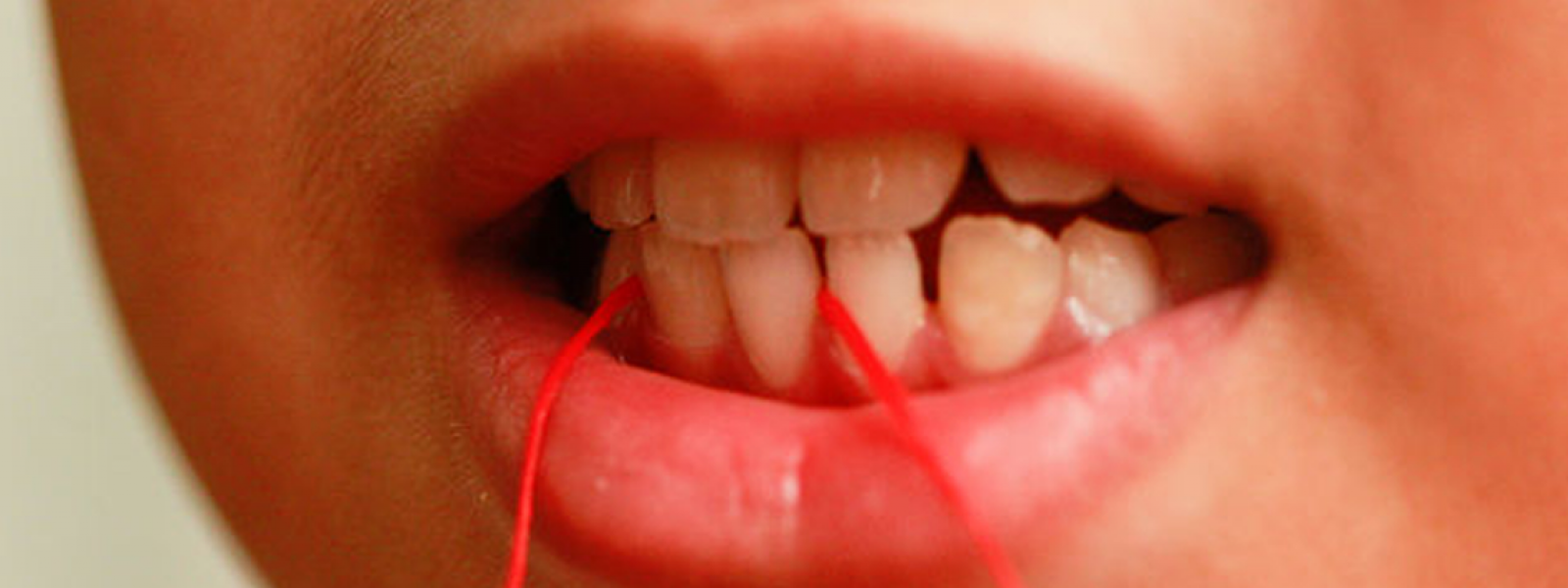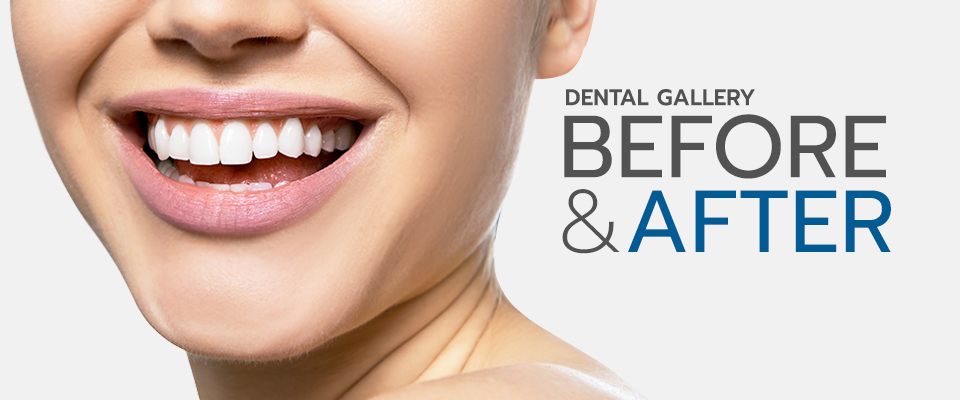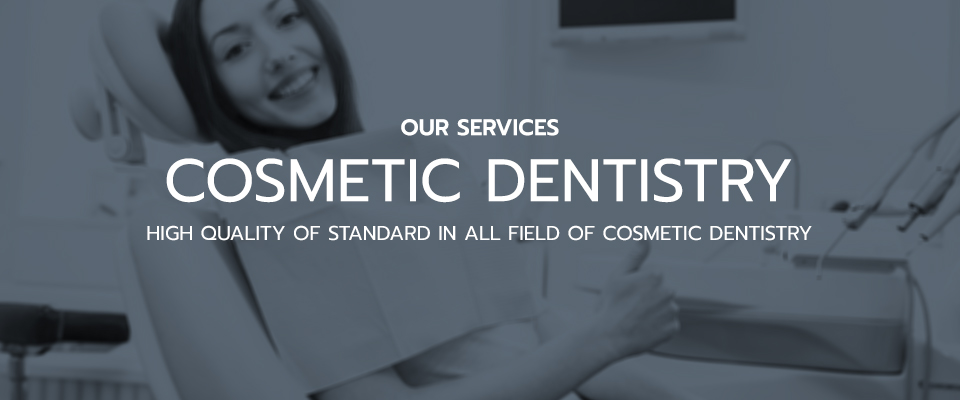If you have a tooth that has been damaged in some way, one of the possible procedures you can have performed at PMDC Dental to try and help is dental bonding. There are numerous advantages and disadvantages to having dental bonding done, and knowing what some of these are may help you decide if dental bonding is the right procedure for you.
One of the advantages of dental bonding is that the coloring can be made to match the color of your teeth. A lot of dental equipment stands out when used on your teeth, making it obvious to everyone that you are having some kind of work done. This can make people very self conscious. With dental bonding, making the materials match the color of your teeth helps to make it less obvious, which in turn can help make you feel less self conscious.
Another advantage is that the process of having the bonding done is relatively painless. In fact, in most circumstances when it comes to bonding, no anesthetics are required. The one type of issue that could be a problem are deep cavities, but even for shallow cavities, the pain will be minimal.
A third positive is that the dentist generally doesn't have to remove tooth enamel for the bond. The result of this is that most of the tooth the bond is being done to remains intact, whereas with a lot of other procedures, a considerable amount of healthy tooth enamel may have to be removed.
One of the disadvantages of bonding is that the materials used for the bonding generally are not stain resistant. That means that they could become visible if you eat foods or drinks that can cause tooth discoloration. As a result, you need to be careful about the things you eat and drink.
Bonds are also susceptible to cracking and chipping, especially if you're someone with a habit of grinding your teeth. Eating hard foods on a regular basis can also increase the risk of cracking and chipping, so you may want to stick to mainly soft foods if you have bonding done.













